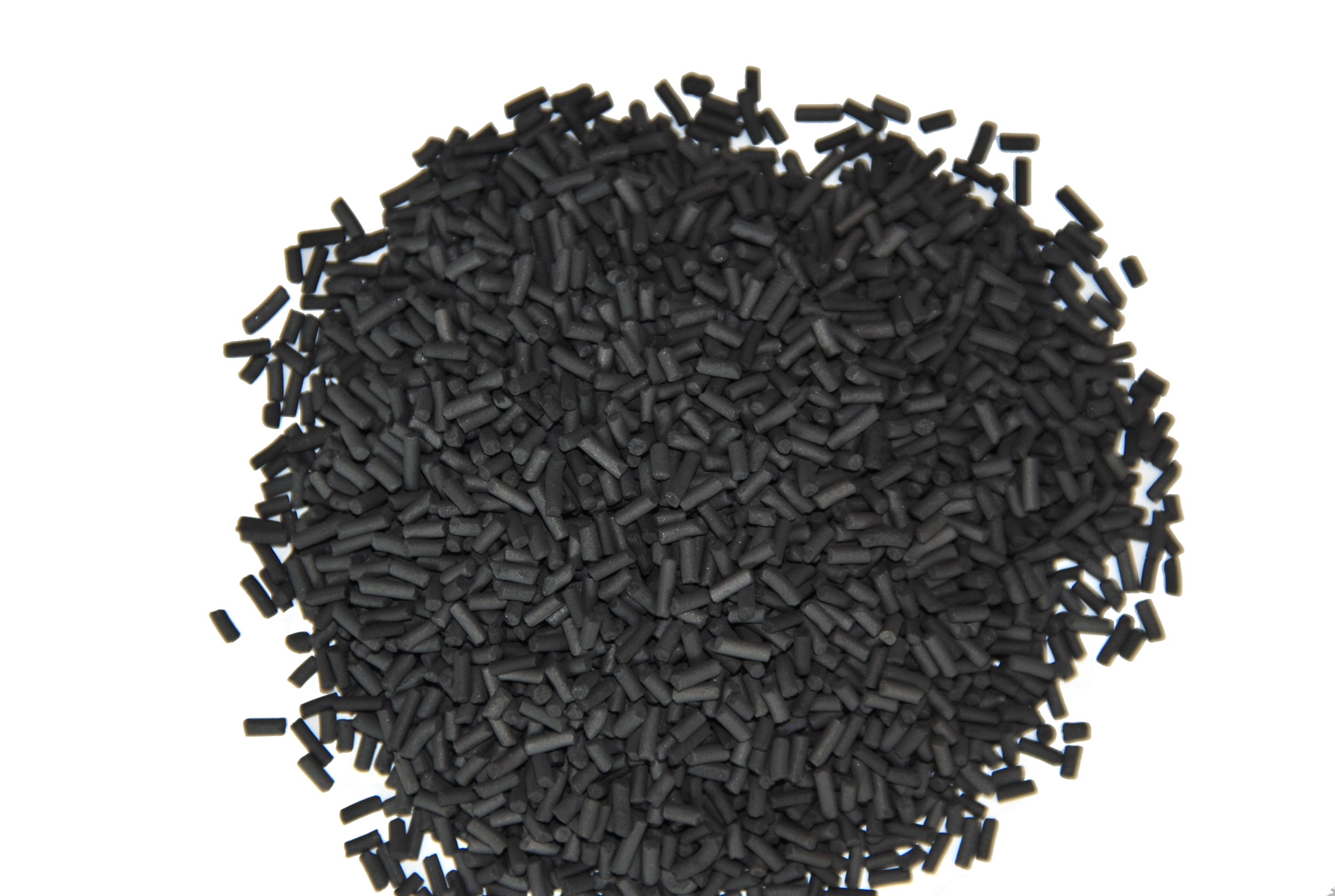2. The diet of white jade snails Various green plants and bran can be used as food. In spring, cabbages, vegetables, lettuce and other broad-leaved plants are fed; in the summer, a large amount of sugar cane, sunflower leaves, and various melon and fruit skin dregs are fed; in autumn, the temperature is low and the food intake is reduced. Some vegetables and potato chips can be fed. White jade snails do not eat green grass, weeds, and refuse to eat pungent onions, scallions, and garlic.
In order to speed up the growth rate and increase the spawning rate, it is best to add 10% to 15% of wheat bran, rice bran, bean curd refuse and the like to the feed. However, the digestive ability is not easy to feed wheat flour, rice flour and other starch-rich Fine material. Some feeds, such as stone powder and shell powder, may also be added to the feed to meet the needs of snail growth. The feed must be crushed, and the melons and tubers must be cut into slices before feeding. Pay attention to the diversity of foods to prevent anorexia. Feeding should be done in the evening, first awaken with water and then feed.
3. Breed white jade snail hermaphrodite, allogeneic mating. As long as the temperature and humidity are suitable for artificial breeding, they can be bred all year round. It generally takes six months from hatching to sexual maturity. Spawning can take place 15 to 20 days after mating and fertilization. The eggs are laid in caves. Mung bean size, outsourcing a layer of white shiny film, each spawning 100 to 200 tablets, 8 to 15 days can be hatched young worm, life expectancy is generally 5 to 6 years.
The incubation temperature is 20°C to 30°C and the humidity is 80% to 90%. If there is sludge and feces on the eggs, there is no need to scrub, because the egg itself has a protective film around it, which can prevent the invasion of bacterial microorganisms. Place the eggs in the pot and put the soil on top of it. Put the soil flat. The humidity is consistent with the feeding soil. The eggs are evenly discharged and covered with a damp cloth. Then, the pots are sealed with a film, and the young worm is shelled after 8 to 15 days. If you still don't see the young worm, it is a failure.
4. Feeding management
(1) Feeding methods: According to the breeding grounds and equipment, it can be broadly divided into two types, outdoor open and closed indoor. Outdoor excavation ditch or building a large shed, if the ditch is adopted, the ditch should be built in the leeward sunny place, dig 50 to 70 cm, 2 meters wide, depending on the amount of feeding, the ditch should be high on one side, one The side is low, slightly sloped, and covered with film and bamboo curtains to prevent escape and prevent natural enemies such as frogs and birds. Indoor culture can use earthenware pots, plastic boxes, wooden boxes, cement pools, etc., with sand cover, wet cloth, film and other sealing, moisturizing and preventing rats.
(2) Preparation of Feeding Soil: Feeding soil requires moisture, looseness, and fertility. Therefore, it is better to use uncontaminated pastoral soil and yellow sand, and then add a small amount of stone powder to mix, and sterilize and sieve for 3 to 5 days after sun exposure. The ratio of earth is: 30% of fine soil, 30% of sand, 20% of yellow sand, 15% of coal ash, and 5% of stone powder. After adding water, the humidity is about 40%. The soil thickness in the pot was divided into: 10 cm into a worm, 7 cm from a worm, and 3 cm from a young worm. Feeding soil is changed once in January-February.
(3) Feeding method: The young worm should be fed with some tender leaves, plus some concentrated feed. The temperature should not be lower than 20°C, and the temperature should be controlled between 25°C and 30°C. Do not change the temperature too much. Do not spray water directly. Spray the pup. The food containing calcium in the diet must be absent. After 1 month, it will be transferred into a worm culture pot. The stocking density should be increased from close to thin as the individual grows. 400 to 500 animals per square meter, 200 to 250 before harvest. 603025 cm terrarium can be stocked 100, 5 to 6 months later, shell height 4 cm, weight 40 grams can be harvested.
The relationship between mankind and chemical industry is very close, universal access to all aspects of life. In
modern life, chemical products can not be obtained almost anytime,
anywhere. From the material life such as clothing, food, shelter and
transportation to the spiritual life such as culture and art,
entertainment and so on, all require chemical products to serve them. Some chemical products play an epoch-making role in the history of human development. Their production and application even represent a certain historical stage of human civilization

In order to survive and develop, humankind has constantly struggled with nature and gradually deepened its understanding of the world around us, thereby grasping the ability to conquer nature and transform the world. After a long historical practice, human beings are better at using natural conditions and creating a rich material world for themselves. Activated carbon is a commonly used class of air purification materials, mainly used for adsorption of trace amounts of toxic gases in the air, ammonia, formaldehyde, benzene, non-polluting, non-toxic, no side effects.

best used for
1.Indoor air purification. After the bedroom decoration, we can place activated carbon to absorb harmful gases, you can also also put it in toilet to remove odors.2. Furniture purification. Put the activated carbon into the closet to remove strange smell, humidification and mildew; put it into the shoes which can remove odors and germs; put it into the refrigerator to prevent food cross-taste and pollution that keep food fresh .
3.Floor protection. When the floor is paved with activated carbon directly under the floor which can go to taste humidification, mildew and pest control, but also to avoid the floor deformation.
The mattress added activated carbon can absorb moisture, remove sweat and keep the bed clean; secondly, it can improve the health function of lumbar muscle strain for the elderly. Because it has infrared radiation with a certain temperature, human body has health effect when long-term use.
5.Put activated carbon into the car, it adsorb harmful gas inside the car and remove peculiar smell.
Used for pet cleaning to adsorb odor which is non-toxic, no side effects, and no harm.
7. Put the activated carbon next to the appliance to prevent electromagnetic damage.

Chemicals Products,Artificial Graphite,Carbon Filter
NINGXIA IFA INDUSTRY&TRADE CO.LTD , http://www.ifagoup.com